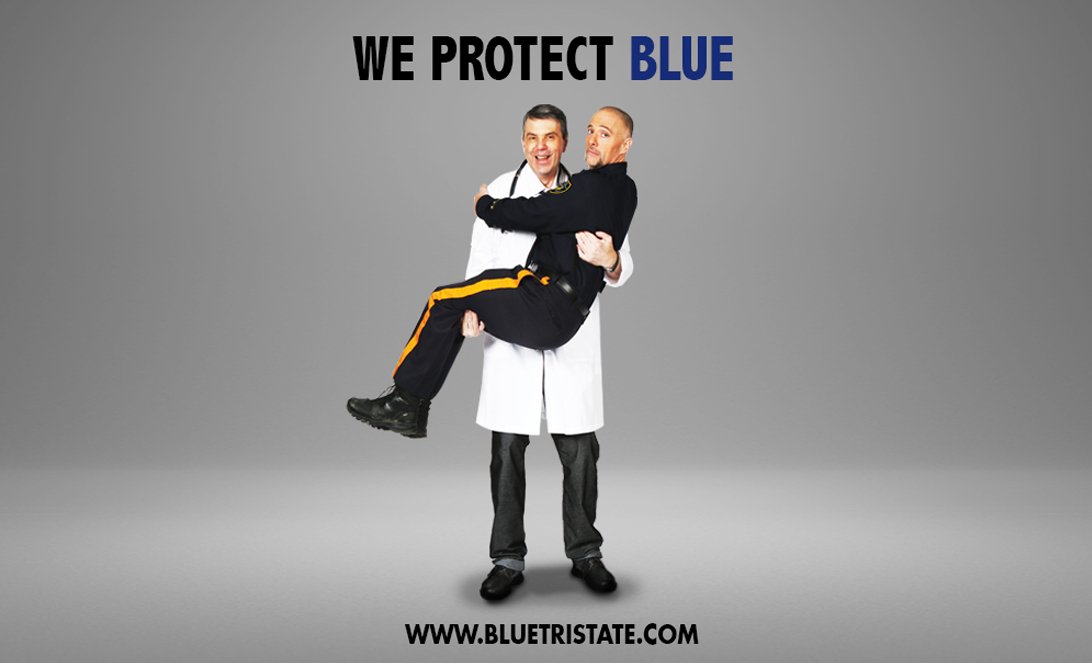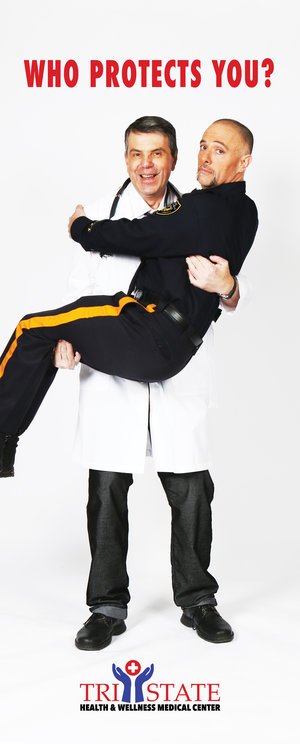From Calm to Chaos
/From Calm to Chaos
By Officer Deon Joseph
My day a while back?
If some of folks spent one hour doing my job, you probably would quit. It is the ultimate emotional rollercoaster.
So I was in Skid Row holding a prayer vigil for those who were murdered in a past month. It was a beautiful moment as service providers, community members and officers memorialized those many people ignore.
Prior to the event, I was talking to community members and a guy approached me with a beautiful red snake on his arm. We chopped it up for a bit, and as we talked, the snake unraveled itself a bit from his arm and got close to my hand. Its tongue was flickering the back of my hand for a bit, then it crawled on my arm. The man said “She must like you. She doesn’t do that with no one else but me.” That was so awesome.
We engaged in the vigil and we and during the event I brought up the subject of building community. When we were done, we shared a hug and I was about to go to the station when a tall man with a cello approached me stating “Officer. I was assaulted. They broke my cello.” He showed me the damage. He said they swung a pipe at his face and as he turned to avoid it, his cello was struck. I agreed to take a report for him. As I’m trying to deal with some tech issues so I could complete it, he said, “Can I pray for you?” I said “Sure”. He then said “I’ll do you one better. Can I play for you?” I obliged him. He pulled out his cello and played some Bach. It was beautiful and right on time. The melodic playing calmed me as I was becoming frustrated with our new system. I was finally able to take the report and was interrupted by the sweetest Asian woman… again.
BACKSTORY
So the day before, I was at headquarters checking on my wife and sons as they were cleaning up from a catering event there. This Asian woman approached me and spoke to me in Chinese. Couldn’t understand a word she said. But my 28 years of experience told me she was mentally ill. I didn’t want to ignore her. So I pulled out my translator and engaged her. Now it was clear she suffered from schizophrenia. She lovingly held me hostage for about 30 minutes and we continued to talk. When we were done, she said, “Thank you. You are the only person who listened to me today. Can I see you tomorrow?” I told her she could. (If she could find me)
Back to the present: So I’m wrapping up the report with the musician and lo and behold the Asian lady finds me. In Skid Row of all places. She walked up to me and gave me her phone. It read “I looked all over for you friend. I am glad I found you. Can we talk again?” I was going to explain to her that I couldn’t at the moment when my 70-year-old Spanish fiancé exploded toward me with her walker in a jealous rage. She was cursing at me in Spanish. She was probably accusing me of cheating. I tell her I can’t talk right now, and a woman comes up to me wanting me to file a missing persons report for her boyfriend. I tell her to go to the station and I would meet her there.
As I break away from everyone to get in my car to find the man who assaulted the cellist. I put my key in the ignition and the damn battery was dead. As I’m calling for tow, a frantic woman runs up to my window yelling “Officer! That man assaulted me!! I want him arrested!”
I get out of my car and see a tall muscular shirtless man getting squared up on by several males. The woman told me, “He slapped me and threw me down on the ground. I want to press charges!” As I approached him, he was clearly out of his mind. I grabbed him to detain him and like a child, he went limp and leaned into me. I felt he was about to do the Folsom roll, which is a tactic used in assaulting officers. But unfortunately for him, I was no frail woman. I held him up until units arrived to help me. The placed him in the back of a patrol car.
The incredible part of this story was this: Two witnesses came forward, in Skid Row of all places, and gave their account of what happened to the woman. They stood up for her without fear of being seen as a snitch.
I truly believe they were inspired by the vigil and the messaging of community and decided to step up. It gave me hope.
I was on a high after that. Then it all came crashing down when I got a call that a family member passed away. Still had to go to a department event and smile like I wasn’t hurting inside.
And how was your day?
Deon Joseph is a 28 year veteran of law enforcement in Southern California - 24 of those years working in the homeless community to create an environment conducive to change for those in recovery, as a Lead Officer. He’s been recognized for his work locally and nationally, and news stories and documentaries surrounding his work in crime fighting and community relations, featured him. www.deonjoseph.org























































